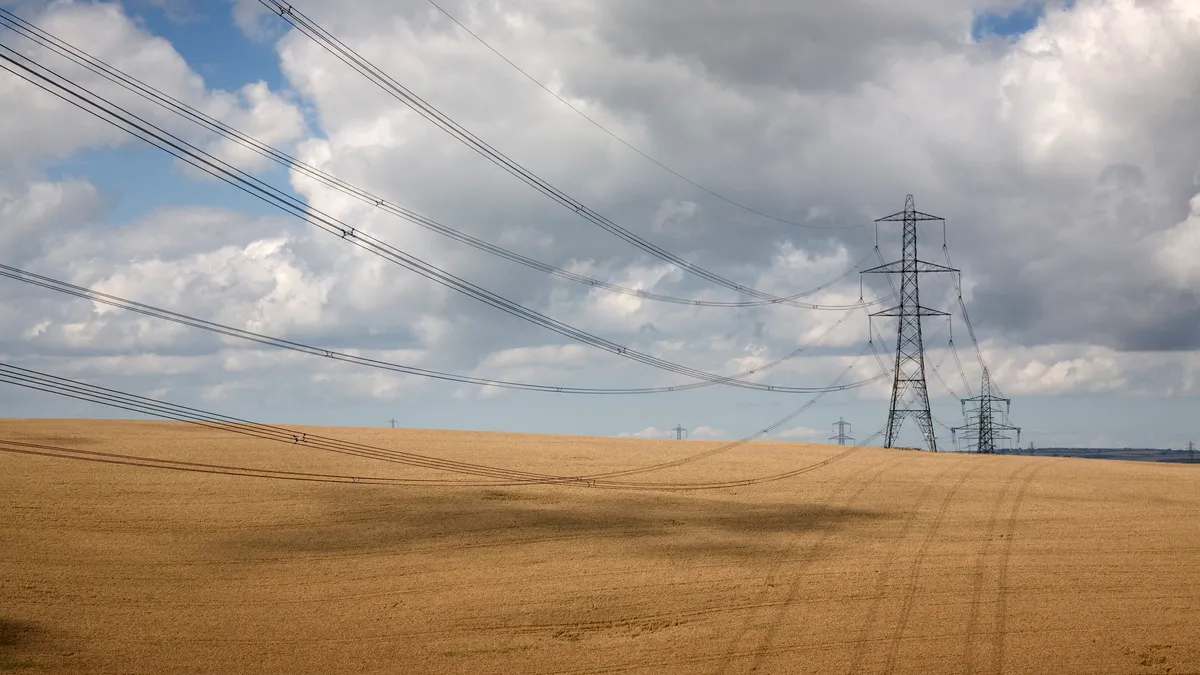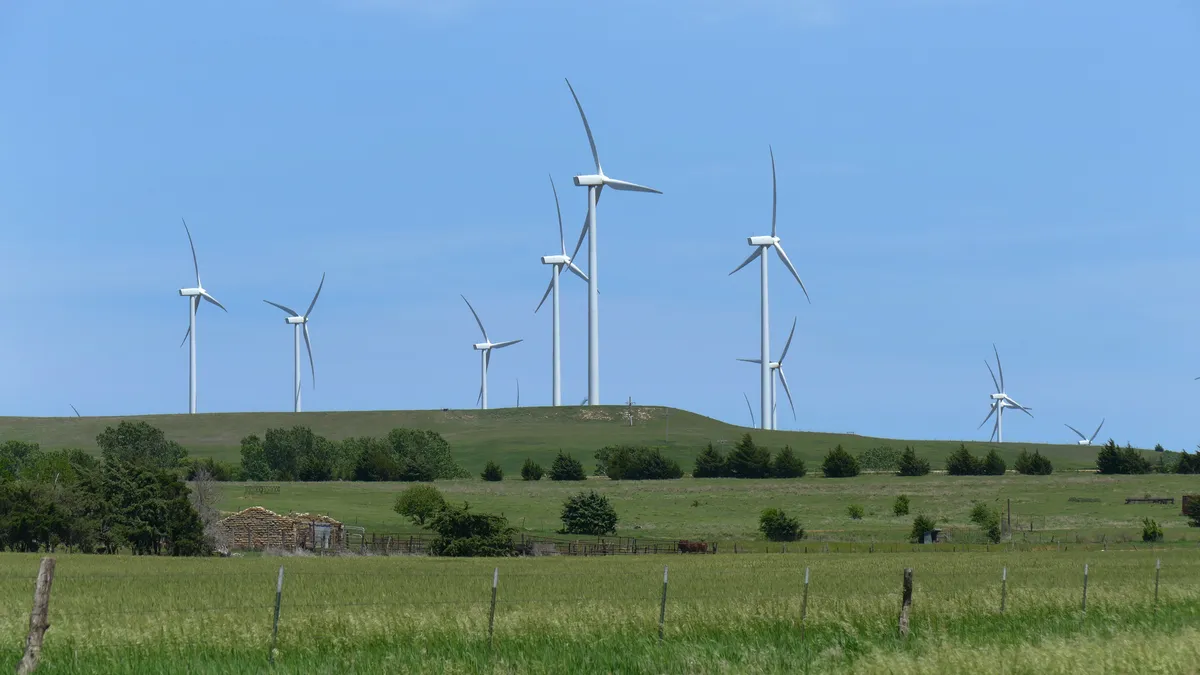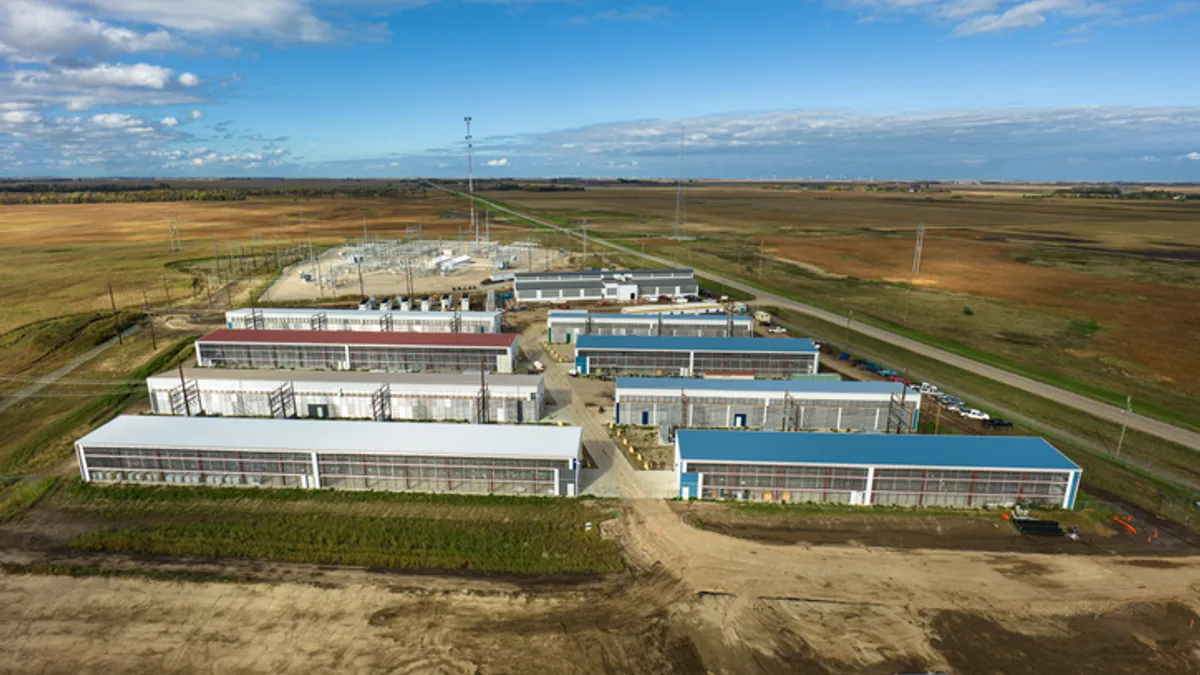Editor's Note: This article is part of a series on the key issues driving the utility sector today. All stories in this series can be found here.
Replacements for net energy metering, the controversial policy supporting distributed solar, have been debated nationally for years, but now sector leaders say some replicable models may be emerging.
Net energy metering is the policy available in many states that compensates rooftop solar owners for the generation their solar arrays send to the grid. Under it, utilities compensate solar owners at the same retail rate for power sent to the grid as the customers pay for electricity they consume.
Utilities say the policy allows customers with distributed solar to reduce their bills too much, shifting utility grid infrastructure costs to the rest of the customer base. The policy has led to heated state-level debates since 2013 over whether — and how — to construct a successor to the policy.
The challenge is structuring a successor tariff to compensate rooftop solar customers fairly for their generation without imposing costs on non-solar customers. Experts say a good successor tariff should also support the growth of distributed energy resources (DER) in a way that benefits customers and the grid.
"Regulators, utilities, and solar advocates early on had the tools and ideas needed," said Karl Rabago, executive director of the Pace Energy and Climate Center. "Instead, they wasted years fighting almost every regulatory innovation put on the table, and debated net energy metering, which has always only been a 'rough justice' policy."
Rabago oversaw the design of the first value of solar tariff, one of the earliest types of net metering successor tariffs, as an Austin Energy executive. It was not widely accepted outside the city.
"We are still waiting for the state that does it right, that creates the template that others can follow," Rabago said.
In the search for the right successor tariff, stakeholders face the challenge of balancing uncertain costs and benefits with the right mix of detail and flexibility in a new kind of rate. Key versions have appeared in Hawaii, California and some Midwestern states, but with the increasing affordability of energy storage, policymakers are beginning to include residential battery incentives in the successor tariff structure as well.
From rough justice to hard numbers
In 2017, 13 states made successor tariff changes to their retail rate net metering incentives, according to Autumn Proudlove, senior manager of policy research at the North Carolina Clean Energy Technology Center (NCCETC).
In 2018, three more states have made changes so far, but they have not been in place long enough to draw conclusions about their effectiveness.
New compensation rates are being set in a range between the utility's avoided cost, which is the lowest price it would pay for new generation, and the retail price of electricity, according to Sean Gallagher, vice president for state affairs at the Solar Energy Industries Association (SEIA).
Nevada's compensation will decline over time, but is still at the retail rate today, and the initial value of Arizona's new solar rate is only 10% below retail, he told Utility Dive. The residential solar market in both states is strong.
In Utah, the market has slowed despite the successor tariff's "relatively small" compensation reduction, Gallagher said, but that could be due to a rush by customers to lock in the retail rate ahead of the change.
Time-of-use (TOU) rates for energy consumption paired with retail rate compensation for rooftop solar kept California's market relatively strong and is the best evolution of net metering, said Rob Harris, public policy director for Sunrun, the leading U.S. energy storage provider. It has also supported growth in battery storage.
The two most common successor tariff designs are net billing and buy-all-sell-all (BASA), according to Lon Huber, a consultant with Navigant who has helped craft successor tariffs across the country.
Net billing pays the retail rate for customer-consumed PV generation and a below retail rate for exported generation. With BASA, the utility both charges and compensates at a below-retail rate.
There is a basic tradeoff, Huber said. Net billing allows customer-consumed self-generation to be compensated at the retail rate. But the export compensation requires a complicated calculation, like the one being developed for New York's Value of Distributed Energy Resources (VDER) tariff.
BASA can be simpler, more predictable and more flexible, Huber said, and some regulators appear to agree. On Sept. 11, the Arizona Corporation Commission ordered Tucson Electric Power and UniSource to structure pilots for a new Huber-designed time varying BASA rate, the first of its type.
First principles
A good guide to DER valuation and rate design comes from the "Distributed Energy Resources Compensation Manual" published by the National Association of Regulatory Utility Commissioner's (NARUC) in 2016, according to Harris.
A key theme "is the importance of monitoring DER adoption rates," he said.
The manual, written for state regulatory staffs, emphasizes that "at low penetrations, states have no need to be concerned about the impact of net metering," Harris said. "Once penetration is 5% or greater, it is time to look at TOU rates."
A similar document from SEIA — the "Principles for the Evolution of Net Energy Metering and Rate Design" — was written in anticipation to challenges in net metering tariffs, Gallagher said.
"These principles give us something to argue for in the debates," he said, "instead of just arguing against change."
Like NARUC, SEIA principles recommend that the solar penetration level should be the "leading threshold" for consideration of alternatives to net metering. But perhaps more important, Gallagher said, are the principles of a consumer's right to self-consumption and to increase self-consumption.
Another SEIA principle emphasized by Gallagher is that a value of solar or net billing approach "might have a role in places where there are high solar penetrations."
Experiences in Hawaii, the Midwest and California demonstrate how some of these principles have worked and not worked in the real world.
Case study – Hawaii
Hawaii regulators' November 2017 ruling imposed a Smart Export solar tariff and a Customer Grid Supply-plus solar tariff to complete the transition away from retail rate net metering the state started in 2015.
Smart Export is similar to a BASA tariff. It was designed to allow owners of solar-plus-storage systems to maximize their use of stored solar to offset their nighttime, retail rate consumption. They also earn below-retail compensation for generation sent to the grid outside peak solar generation hours.
Despite early turmoil, the rate design has begun to accomplish the commission's intent to drive investment in solar toward investment in solar plus storage.
In 2017, after installers exhausted their pre-net metering transition pipeline, "reality took hold," Provision Solar President Marco Mangelsdorf, told Utility Dive in an email. PV permits hit an eight year low and they "were forced to adapt."
From early 2018, residential energy storage across Hawaii "has proliferated to an extent not seen anywhere else in the U.S.," he said. Over 60% of newly permitted PV systems have included batteries.
"If energy storage on both sides of the electric meter is an integral part of the smart grid, Hawaii is by far leading the way," Mangelsdorf said. The challenge for installers now is finding "enough batteries to meet demand."
"Hawaii waited too long to impose a solar rate design with smart price signals and the distribution system ran out of hosting capacity, making a harsh intervention necessary," Huber said. "States need to get ahead of the solar penetration with forward-looking rate designs."
Case study – The Midwest
Amy Heart, Sunrun's director of public policy, said the experiences of three Midwestern states signify the importance of keeping the compensation rate marketable for solar companies and not abandoning retail rate net metering abruptly.
Though Michigan's solar penetration is only 0.15%, legislators changed retail rate compensation to an avoided cost compensation in 2017, Heart said. But regulators offered utilities the opportunity to propose other options in rate cases, and DTE Energy proposed a compensation rate that is one-third the avoided cost, along with a fixed charge for solar owners.
"There was a small but stable Michigan solar market, but now local installers say it is completely frozen," Heart said.
Net metering "was a reasonable initial approach to a distributed generation tariff," Camilo Serna, vice president for corporate strategy at DTE, emailed Utility Dive. States are now moving to successor tariffs while solar penetrations are low so that retail rate net metering does not "drive costs up for non-net metered customers."
Indiana will also move to a net metering successor eventually, Heart said. But lawmakers committed to keeping it just over avoided cost and keeping net metering in place until its 0.4% solar penetration reaches 1.5%, which has "provided stability" and allowed Indiana to sustain its solar market.
As part of 2017 legislation, Illinois lawmakers committed to making no changes to the state's retail rate net metering policy until solar reaches a 5% penetration, Heart said. They also committed to a stakeholder-led process to design a successor tariff in advance.
"Those three approaches had varying levels of market certainty and produced three very different market responses, and Illinois came to right conclusion," Heart said. "Considering a successor tariff is a complete distraction in the Midwest because solar is still in its infancy and penetrations are too low to impact non-solar customers."
Case study – California
At the close of California's January 2016 Net Energy Metering 2.0 proceeding, California Public Utilities Commissioner Carla Peterman issued an ultimatum.
It is of "serious concern" to the commission that net metering may shift costs from DER owners to other utility customers, she said. She voted with the majority to temporarily leave the existing retail rate net metering credit in place, but demanded stakeholders determine the actual value of customer-exported generation for the successor tariff that the commission is committed to implementing in 2019.
Since then, the commission has approved TOU rates for DER owners in a separate proceeding.
"California got it right by keeping retail rate [net metering] in place and moving to TOU rates," Harris said. "That allows DER owners to support the grid and to benefit from staying on the grid."
There are two future policy pathways, Harris said. One goes to load and grid defection for utilities. The other allows customers to benefit more from staying connected to the grid than from defecting.
Both Pacific Gas and Electric and Southern California Edison (SCE) are working on optional rate designs that pair TOU and net metering.
The "new reality" in California is that midday solar over-generation has driven solar's value down, said Russell Garwacki, SCE director of pricing design, but the value of generation during late afternoon peak demand periods is rising.
New SCE TOU rates reflect this reality, he said.
Rates that hurt standalone solar economics, like SCE's new TOU rates, help solar-plus-storage economics, he said. Customers can use stored solar or send it to the grid when it is of highest value.
Designing rates that support stand-alone solar and solar plus storage is challenging, Garwacki acknowledged. But SCE's TOU rates were agreed to by SEIA and other state solar advocates in SCE's recent rate case settlement "so it would seem we struck a good balance."
The best bet?
"Successor tariffs are hard to design because it is difficult to reach agreement on what the value of solar is, and employing different methodologies can produce wildly varying results, NCCETC's Proudlove said. "Another challenge is balancing granularity with practicality, because as rate structures become more precise, they tend to also become much more complex."
Pace's Rabago, who has been an expert witness in solar compensation policy proceedings throughout the five years of the net metering debates, said he sees successor tariffs moving customers away from traditional power suppliers.
Attention is increasingly turning to load and grid defection strategies, alternative electricity suppliers or independent DER providers, he said. In the search for a successor tariff, his bet "is on Hawaii for the traditional approach."






















